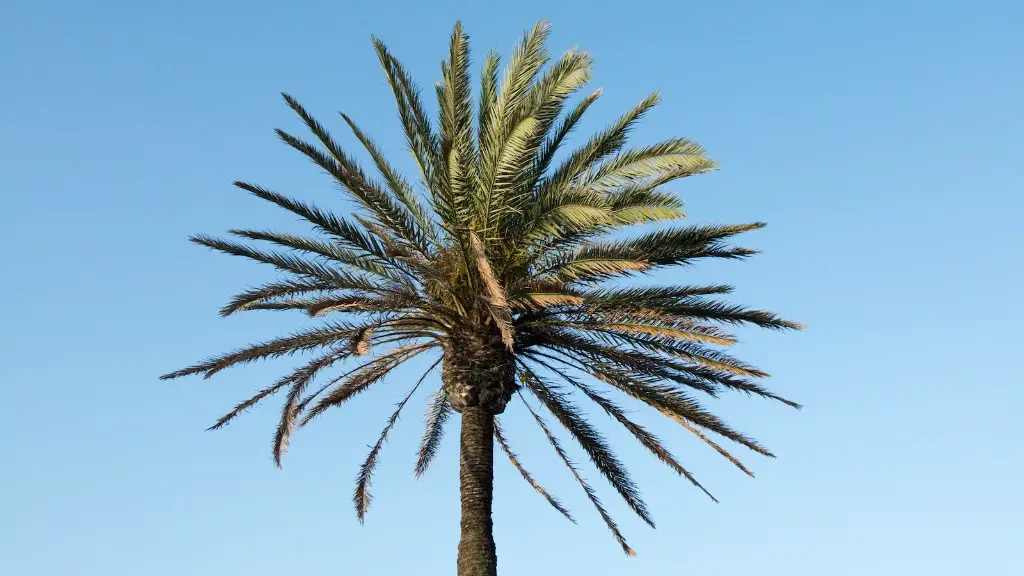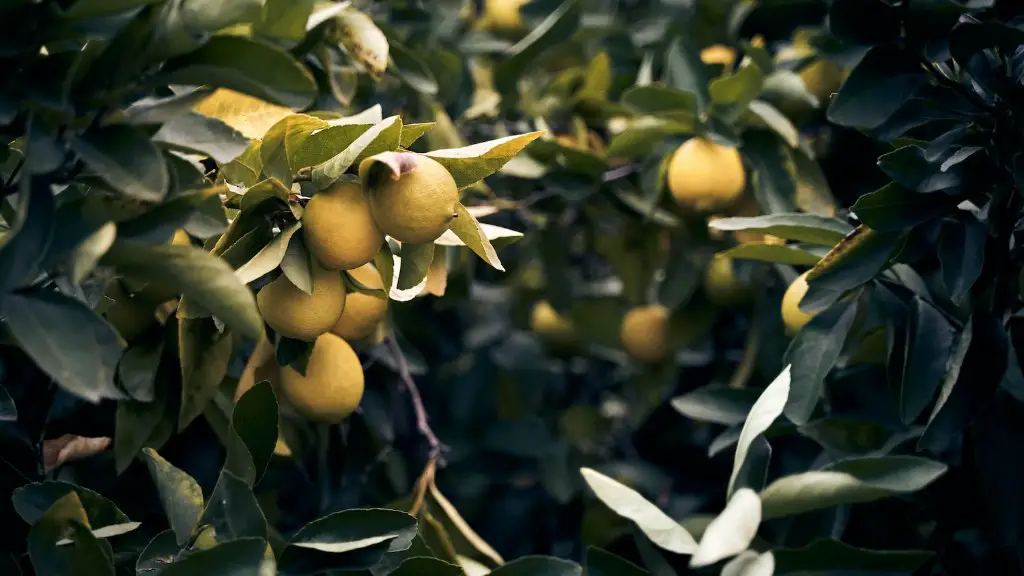Weeping cherry trees are beautiful, elegant additions to a garden or landscape. These trees are called weeping cherries because of the pendulous weeping branches that hang gracefully from the trunk and branches. The long, drooping branches create an image of a proud, stately tree with an air of mystery and solemn beauty. Sweeping curves of delicate blossoms provide a splash of color compared to the dark green backdrop of the leaves. The branches look like they are making a graceful, silent appeal to the audience.
Weeping cherry trees are native to China, Korea and Japan but they can also be found in many gardens around the world. They can be grown from seed, from cuttings, or from grafting. Grafted weeping cherry trees are the easiest and uniform in their looks. In order to get a mature and established tree, it is better to purchase a grafted, weeping cherry tree from a nursery or garden center.
When it comes to purchasing a weeping cherry tree there are a few things to take into account. The type of soil it will be planted in will determine how successful the tree is. Weeping cherry trees prefer soil that is slightly acidic and well drained. Sandy soils are also ideal as they will allow for adequate water and air circulation. Additionally, if the tree is planted in a windy or exposed area, it is likely to suffer from breakage or even die if it is battered by the harsh winds.
For those who want to enjoy the beauty of the weeping tree and are short on space, then dwarf cultivars are a good option. They are usually grafted on a standard rootstock, which makes them well suited to smaller areas. Many dwarf forms are available in nurseries, including the Snow Fountain with its almost snow-like flowers, the Kiyohime with its bright pink flowers, and the Shidare Yoshino with its delicate pale-pink flowers.
When choosing a weeping cherry tree it is important to consider the variety, size, and form that you want. Make sure that the tree you purchase is of good quality. Look for a tree with a good root system and a healthy canopy. It is also important to check for pests and diseases, as these can have a detrimental effect on the tree. Finally, choose a variety of tree that suits the climate in which you are planting it. Different varieties have different levels of cold-hardiness so make sure you choose a tree that can withstand your local climate.
When selecting a location for the tree, make sure you check the soil type, make sure it gets enough light and that it is not exposed to strong winds. Weeping cherry trees should not be planted near any water source such as a pond or water feature, as this could cause the roots to rot. If you are planning to plant your tree near a building, make sure you choose the most suitable spot. Also, remember to protect the tree from livestock, as grazing animals can damage the bark and crown of the tree.
Weeping cherry trees can be purchased from a variety of nurseries, garden centers, and online retailers. When sourcing a tree, it is important to shop around to get the best quality at the best price. It is also important to check with local gardening centers and tree nurseries to see if they have any trees in stock, as some varieties are hard to find.
Health Benefits
Weeping cherry trees have a number of health benefits, most of which come from their edible fruit. Weeping cherry fruit is a rich source of vitamin C and other antioxidants that can help reduce inflammation and boost immunity. Furthermore, weeping cherry fruits are also a great source of fibre, which can aid digestion and help in weight loss. As a bonus, the gorgeous blossoms of the tree can have a calming effect and improve mood.
Care & Maintenance
As with all trees, proper care and maintenance is essential for the successful growth of a weeping cherry tree. Try to water the tree regularly, and make sure the soil is not too wet or dry. Pruning should be done yearly, to control the size and shape of the tree and to promote renewed growth. Fertilization is also important, and should be done twice a year with a slow-release fertilizer.
Pests & Diseases
Weeping cherry trees can be prone to pests and diseases and can be damaged by unfavorable weather conditions. Common pests include aphids, scale insects, and caterpillars, while common diseases include powdery mildew and root rot. To prevent further damage, inspect the tree regularly and use the appropriate pest and disease control methods.
Planting
When it comes to planting a weeping cherry tree, it is important to consider the size, form, and type of tree you want to purchase. Make sure the soil is suitable for a weeping cherry and that the tree gets plenty of light and is not exposed to strong winds. Take into account the frost hardiness of the variety and prepare a suitable planting site. Planting a weeping cherry tree is best done in mid spring, to give it enough time to become established before the cold weather arrives.


